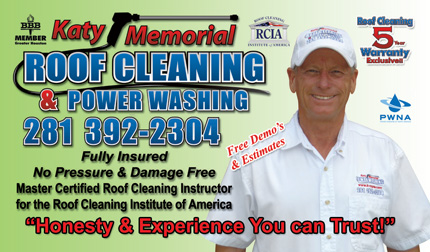What Is A Gel Acid
Gel acids are a relatively new technology that are as the name implies, an acid contained in a gel. The benefit of a gelled acid over liquid acid is that you can control where the acid goes and how much is actually applied. You also know the consistency of the the acid since they don't require dilution and are much safer to use. The active acid is hydrochloric which is made from the same compounds as a muriatic acid.
Uses For Gelled Acids For Commercial and Home Improvement
Etching concrete prior to application of floor coatings is one of the largest uses. Concrete coatings need to be profiled before a coating is applied otherwise there is a high chance the coating will fail. Many manufacturers of coatings promote using liquid acid because it is perceived as inexpensive. The reality is that liquid acids are diluted when they are purchased and diluted even more before use. The reality is that this system is flawed. Manufacturers tell the unknowing consumer this works when really they are just spraying their floor with water. So what the consumer is buying is water but thinking that it works because the manufacturer said so.
The gels are also a highly effective remedy for cleaning mold, algae, mildew and rust from concrete. Gels are rolled on the surface and immediately the acid starts pulling rust stains, dirt, oil, mold out of the concrete. The gel acts as a carrier and captures the removed impurities. Liquid acids will pull the impurities out of the concrete too. However they just settle back in with the water since with liquids there is nothing to contains them.
1. Garage Floors - etching and cleaning prior to applying epoxy paints
2. Step and Stairs - removes slippery mold, algae and mildew caused by rain and sprinklers
3. Non-Slip - sidewalks and walkways, etching creates a non slip walkway
4. Walls, Columns - gels stick to vertical surfaces, cleaning stains or prep for paints
5. Curbs, Barriers - etch curbing or jersey barriers creating profile for safety paints
6. Pool decks/edges- remove rust stains on pool decks and edges, will not drip into pool
7. Marine Decks - moisture creates slippery mold and mildew, cleans and etches
8. Wood Decks - removes mold and algae without damage to wood
9. Painted Surfaces- Removes mold and algae without damage to surface.
10. Stone & Granite- Removes and cleans stone without damage
How To Apply
Gels are put into paint trays and rolled on with a 3/8" - 1/2" nap roller. The gels follow the contour of the surface as opposed to liquids that over etch the low spots and under etch the high spots. The gelled acids are active at the interface of the surface for about 15 minutes. Back rolling will activate any unused acid at the surface of the gel. Once job is complete using a squeegee will pull the gels into a pile. Then clean the pile with a dust pan and dump into a garbage bag. Spread a little baking soda to neutralize. This step removes 70%.
The balance can be cleaned with a hose, broom or squeegee. Make sure to look at the Material Safety Data Sheets to make sure the gels you are considering are environmentally compliant. Some gels are ASTM certified (American Society of Testing Methods International).







